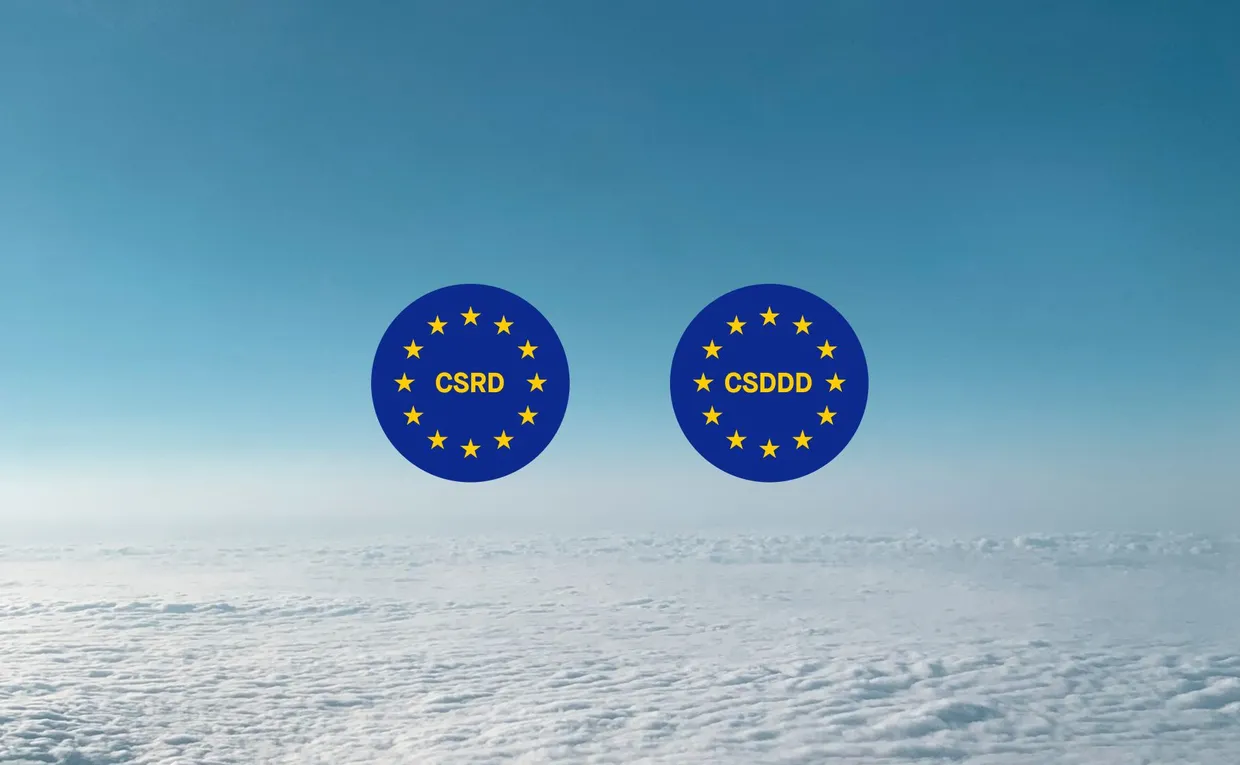On Wednesday, March 6th, 2024, the Securities Exchange Commission (SEC) issued official climate rules mandating public companies to disclose specific climate-related risks, marking a historic regulatory move after two years of intense debate.
This regulation, which garnered approximately 16,000 comments from various stakeholders including companies, trade groups, investors, and climate activists, represents a significant step towards enhancing transparency in corporate climate reporting.
However, considerable revisions were made from the SEC’s original proposal, most notably the exclusion of requirements for reporting Scope 3 emissions – emissions generated by business value chains. This alteration was reportedly made to address concerns about potential legal challenges. Nonetheless, climate advocates express disappointment over the omission, emphasizing the crucial role of Scope 3 emissions reporting in providing a comprehensive view of a company’s environmental impact.
What is the history of SEC’s climate legislation?
SEC’s climate legislation dates back to March 2022 when the U.S. Securities and Exchange Commission initially proposed rule changes mandating companies to disclose specific climate-related information. These proposals aimed to cover aspects ranging from greenhouse gas emissions to anticipated climate related risks and transition plans, drawing inspiration from frameworks such as the TCFD. Despite the initial proposal, the SEC has faced delays in finalizing the rules, leading to uncertainty among stakeholders.
What are the SEC’s focus areas?
1. Emissions and emissions reduction
The SEC rules will mandate publicly listed companies to disclose their greenhouse gas emissions, emphasizing reporting for recent and historical fiscal years. While following GHG Protocol standards, the rules grant flexibility in calculation methods, though companies must provide details on methodology and significant inputs.
Scope 1 and 2 Requirements – Mandatory disclosures
Companies must disclose ‘material’ direct emissions (Scope 1) and indirect emissions from purchased electricity, steam or cooling (Scope 2), with data reported in terms of carbon dioxide equivalent (CO2e). This requires aggregating and disaggregating emissions by gas type and calculating emissions from all organizational sources, excluding offsets.
‘Material’ emissions refer to greenhouse gas (GHG) emissions that are considered significant or substantial in terms of their environmental impact, as well as their influence on climate change. These emissions are typically those that contribute the most to a company’s overall carbon footprint or have a significant effect on the environment due to their volume or intensity.
Scope 3 Requirements – Not mandatory
According to the latest update, Scope 3 emissions disclosure is not being made mandatory. However, larger companies are encouraged to include Scope 3 in their disclosures if reduction targets include them. Scope 3 encompasses indirect emissions throughout a company’s value chain, necessitating separate disclosure and identification of significant emission categories.
2. Climate related financial disclosures
Under the SEC climate disclosure rules, companies will be required to disclose information regarding their assessment of climate related risks, i.e. naturally occurring events which may have impacts on business operations, such as floods, droughts or wildfires. This includes having the relevant risk management processes in place, detailing the board’s role in overseeing such risks and management’s efforts in assessing and mitigating them.
While the rules do not mandate having a board expert, companies must disclose the relevant board members or committees responsible for overseeing climate-related risks, along with any board members possessing expertise in this area. This requirement parallels existing rules mandating disclosure of audit committee financial experts, emphasizing the SEC’s push for greater transparency and accountability regarding climate risks, and financial reporting.
SEC’s Chair Gary Gensler stated: “Today, investors representing literally tens of trillions of dollars support climate-related disclosures because they recognize that climate risks can pose significant financial risks to companies, and investors need reliable information about climate risks to make informed investment decisions.”
3. Materiality
Materiality assessments will be required to determine whether disclosures outside of the financial statements are required—such as climate-related risks. Typically, material impacts are considered in the context of a company’s current financial condition and may or may not explicitly consider future periods, especially periods that extend as far in the future as many potential climate-related impacts. Given the uncertainty around many climate developments, in some cases, this evaluation may be challenging. To get more information on materiality assessments, see our dedicated blog post here.
Which businesses are covered?
Large ‘accelerated’ businesses (which generate $700m or more) will have to disclose ‘material’ scope 1 and 2 emissions with compliance deadlines phased in over several years.
How can companies prepare for climate related disclosures?
Navigating with SEC’s disclosures requires a strategic approach. Here’s a step-by-step guide on how companies can effectively prepare for climate related disclosures:
-
Review the new proposal and evaluate the requirements and current reports. Then identify gaps within current sustainability reporting and allocate appropriate resources.
-
Establish a committee with expertise in the field. Representatives from Finance, IT, Risk and Compliance, and Legal fields to develop a strategy for climate disclosure and risk management.
-
Review the company’s current voluntary disclosures and consider what information is to be used in support of the SEC proposals.
-
Record climate related data from internal and external sources and develop a process to define metrics and methodologies to capture appropriate data for climate related disclosures, and financed emissions.
-
Establish a framework and identify where business processes and IT general controls need to be established, enhanced, or monitored.
-
Develop training to ensure the board understands the extent of the proposed governance disclosures and encourage directors to make necessary changes to the processes related to oversight of climate related risks.
-
Continue to disclose voluntary reports, as they can be a good starting point to identify gaps in current processes.
In summary
As the SEC disclosures have now been given the stamp of approval, it’s crucial for businesses to be fully prepared. Revisit your current position to ensure understanding of key frameworks like CDP, CDSB, SASB, and SBTi, and reassess reporting strategies for clarity and accuracy. Envision the ideal future state of climate resiliency for your company and map out the necessary steps to fulfil disclosure requirements for annual reports.
How Sweep can help:
Achieve full SEC compliance with Sweep. We can help you to:
-
Streamline your data in one place and identify emissions hotspots for Scopes 1 and 2.
-
Set strategic climate-related targets and monitor progress in real time with our live dashboard
-
Conduct accurate Materiality Assessments and report on material indicators as well as your company’s wider environmental impact.
Find out more today.


